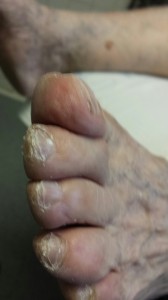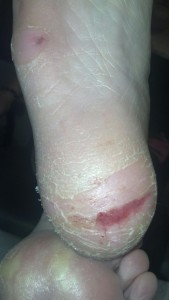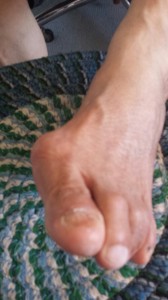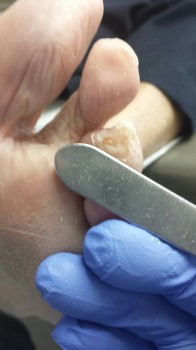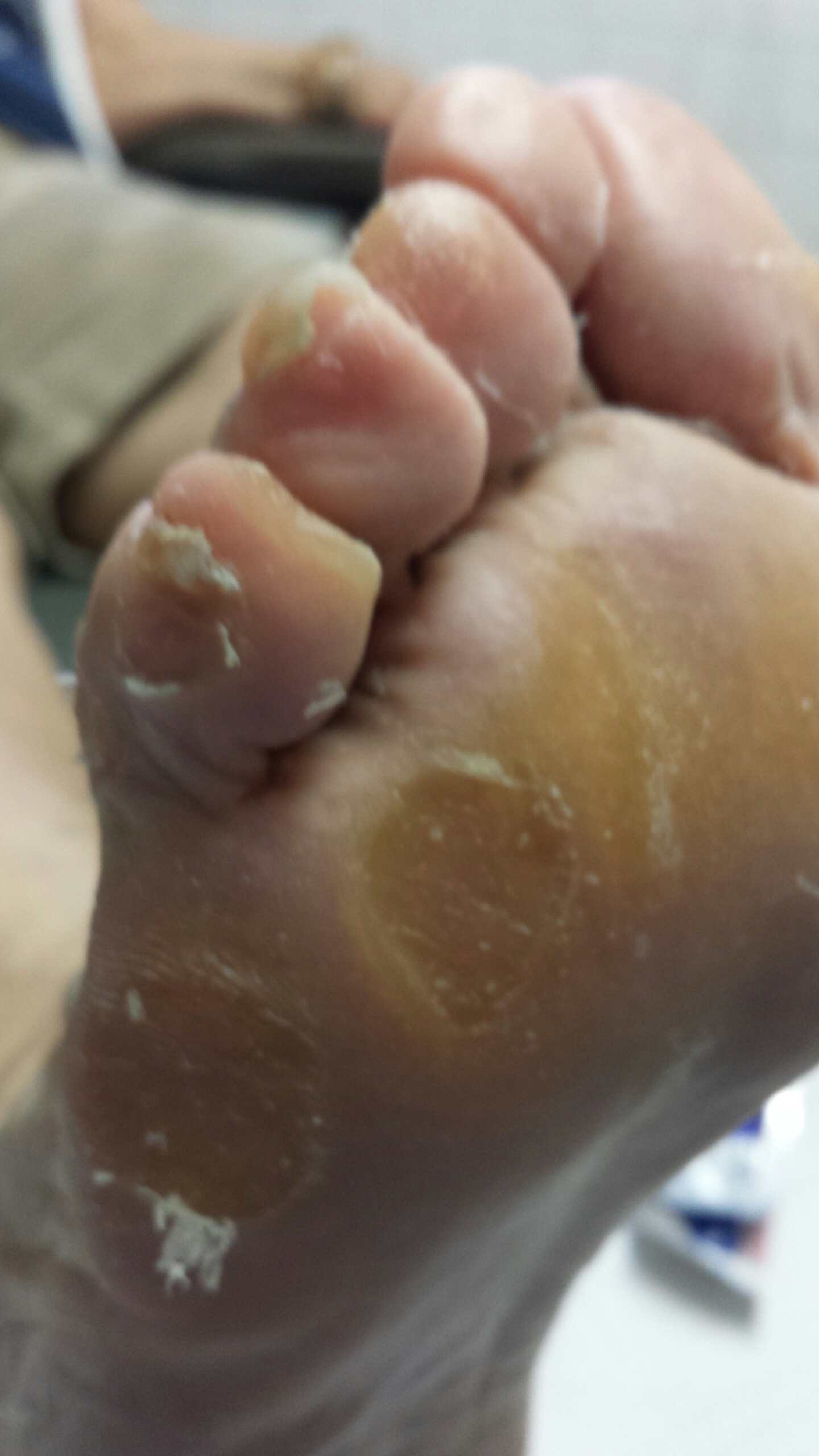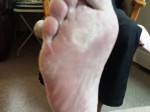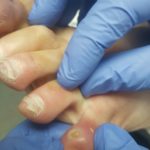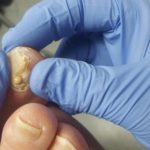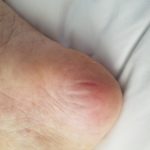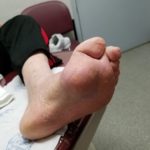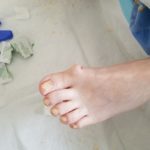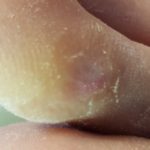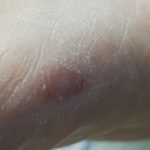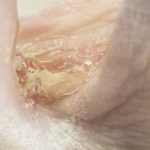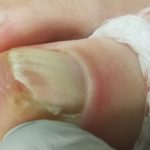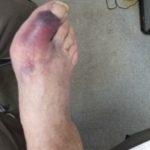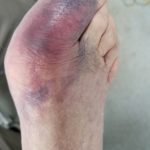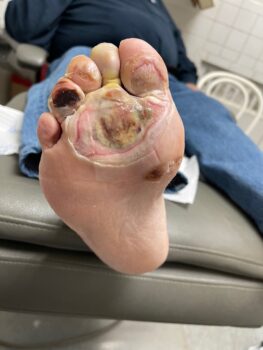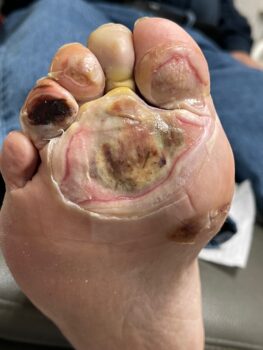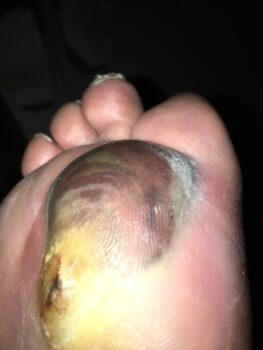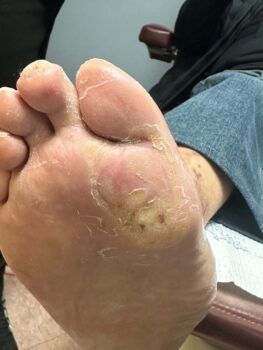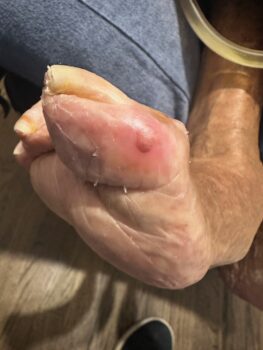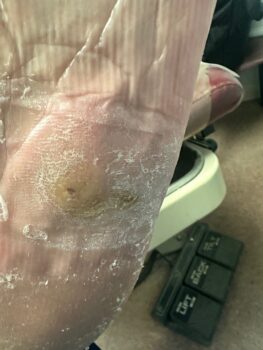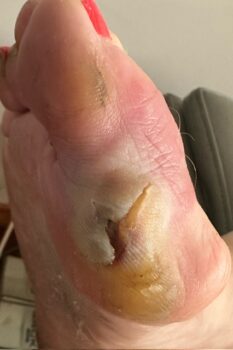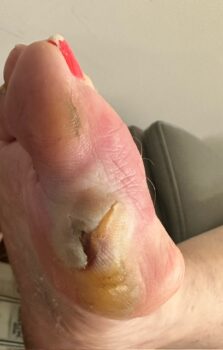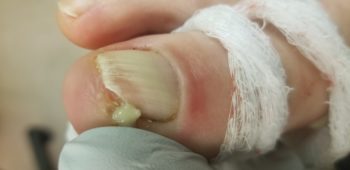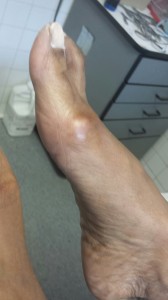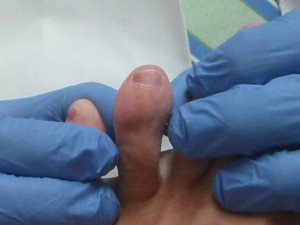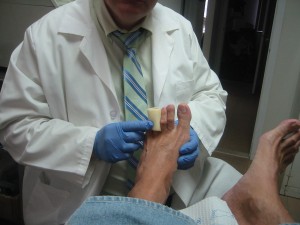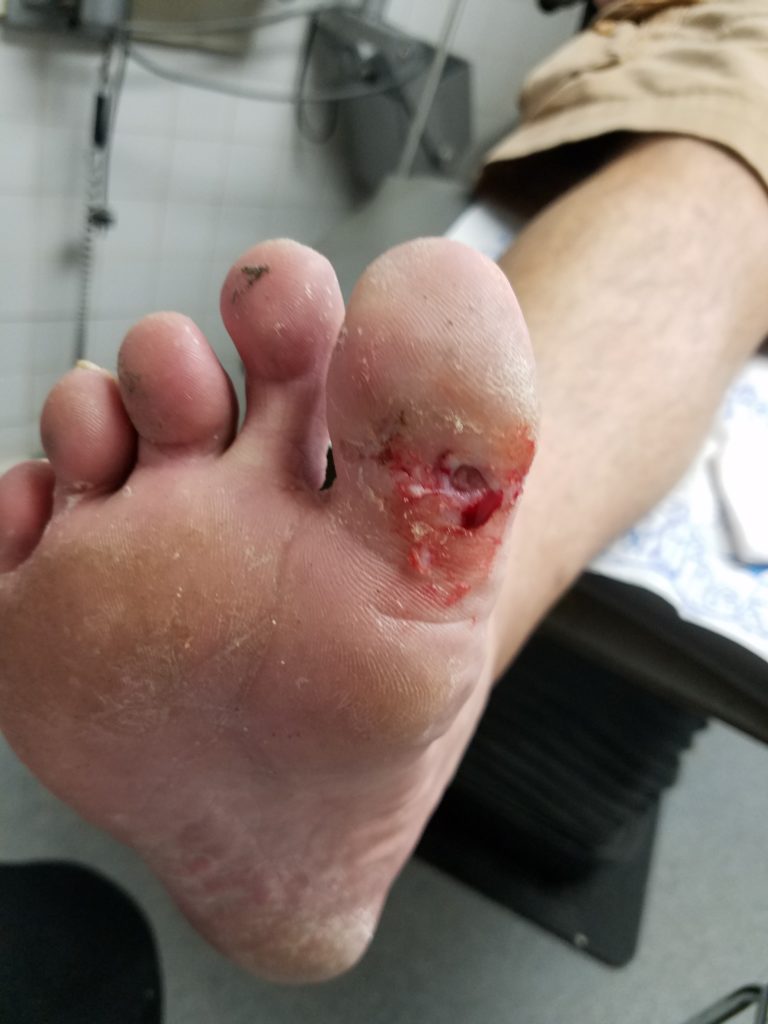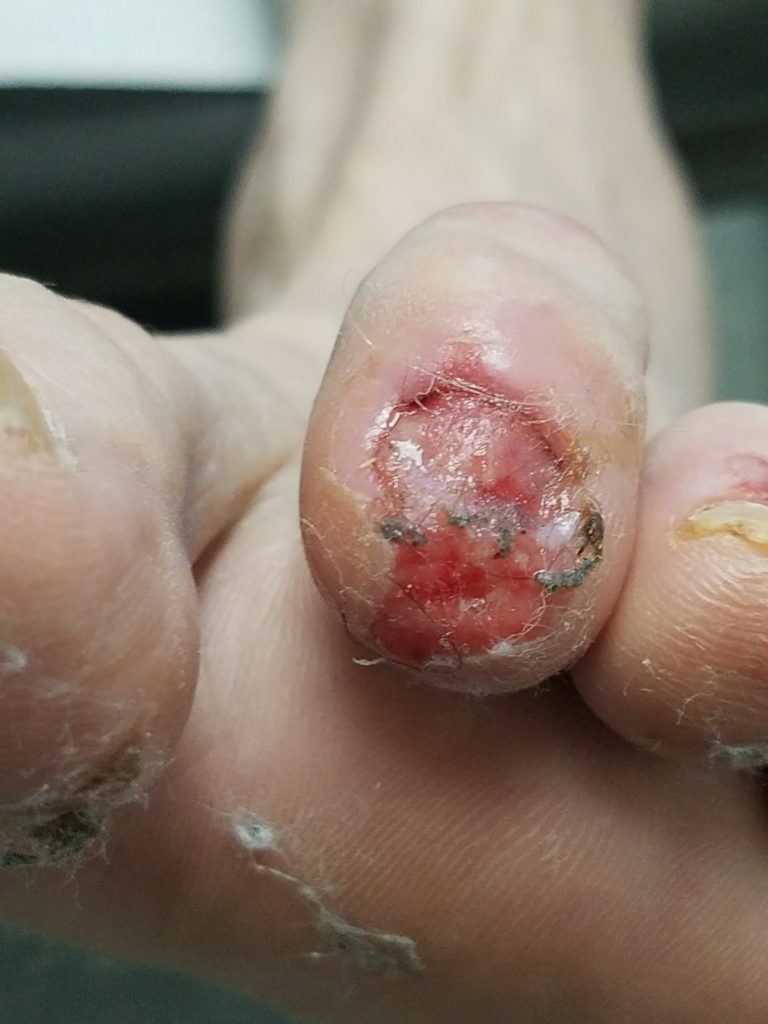What is The Gout?
Gout is simply a big pain in the foot! The Gout is a disease that is affecting more people lately, and I would like to discuss this disease as it pertains to podiatry. Many patients walk in to the office on a daily basis with the following statement: “Oh Doctor, I have the gout!”
Gout is a very simple disease in terms of what it is precisely. Your body will produce uric acid. The problem will start if your body either has an over production of uric acid or the under secretion of uric acid. The Foot Doctor does not treat the systemic aspect of gout but rather the attack that occurs in the foot.
Gout affects about one in a 100 people and is much more common in men over 60. Some developing factors of gout include obesity, high alcohol intake, high intake of rich foods, some high blood pressure medicine, kidney decease, diabetes, and genetic predisposition.
How Does Gout Affect The Foot?
Gout affects the big toe over 50 percent of the time and causes the toe to become very inflamed and painful. The big toe becomes very red and hot. The patient usually enters the office in severe pain and mostly with the same complaint of being unable to sleep due to the pain. Sometimes the patient has difficulties in walking due to the intensity of pain in the big toe. The Foot Doctor will start treatment immediately with a strong anti-inflammatory medicine and an injection into the big toe area.
The Foot Doctor will also order the patient to have a blood test in order to assess the uric acid level. The patient’s Medical Doctor will then be advised and they will treat the patient systemically. There are numerous medications that the medical doctor may prescribe and treat the patient with accordingly. Gout can be destructive of all your joints throughout your body and can disable you if left untreated.
Why So Much Pain With Gout?
Why is there so much pain involved with a gouty attack? The uric acid that is high in the blood will crystallize out at cooler temperatures. When a patient sleeps, the lower part of the body receives less blood than the upper part. Thus the foot cools down, and the crystals form in the joints. The crystals usually attach to the big toe joint and the body reacts to the crystals and responds with a severe inflammatory reaction. Ouch, that hurts!
This is what the Foot Doctor treats. The Foot Doctor examines the patient in order to rule out other possibilities such as infection, fractures, or many other foot conditions that may look like an acute gouty attack. You should see a Foot Care Specialist if the gout conditions is present before its develops into something worse and much more painful.
Like this:
Like Loading...



